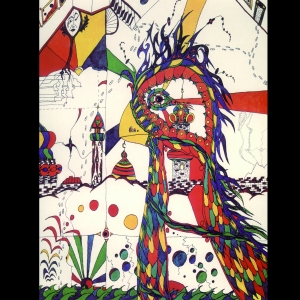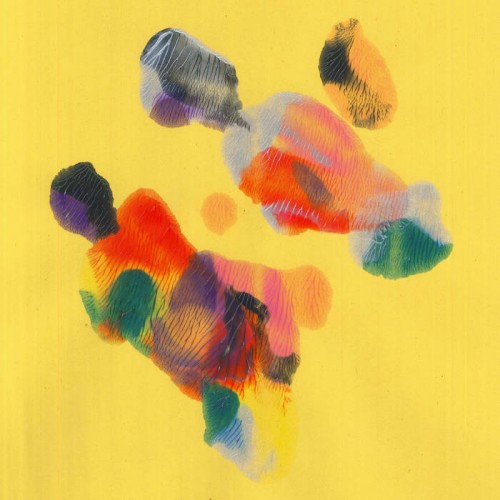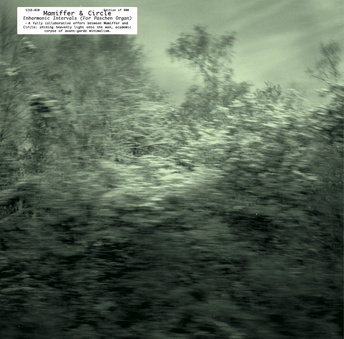 1966: A fixed point in time; a distant place, another country, an alternate reality. People had yet to walk on the moon, the American civil rights movement was only just gaining momentum, there were no home computers, no email, people wrote letters, sent telegrams, long-haul travel was a luxury most could not afford and The Beach Boys were a clean-cut, all-American pop group.
1966: A fixed point in time; a distant place, another country, an alternate reality. People had yet to walk on the moon, the American civil rights movement was only just gaining momentum, there were no home computers, no email, people wrote letters, sent telegrams, long-haul travel was a luxury most could not afford and The Beach Boys were a clean-cut, all-American pop group.
“I guess I just wasn’t made for these times…”
When Brian Wilson and Tony Asher wrote the songs that were to become Pet Sounds — so loaded with teen angst, heartbreak, a sense that growing up is hard to do — they did more than write a pop record. The stories were simple, the narrative lean, the textures oblique. In 1966, pop records sounded like clean-cut boys singing simple songs about, well, breaking up and growing up. But Pet Sounds is not only that. It wasn’t only that in 1966, which may indeed be why it has endured. And perhaps it transpires that record just wasn’t made for those times; perhaps it was made for all times.
But, most importantly, the musicianship and production techniques used in the recording of this album were visionary. Listening today, the avant-garde nature of this record seems relatively tame, but it paved the way for artists to take bolder steps with instrumentation, arrangement and the employment of everyday sounds (Coke cans, bells, animal noises, etc). Pet Sounds was the original concept album, a complete vision. Inspired by the momentum of The Beatles and the techniques being used by Phil Spector, it was a completely new direction in pop music. Brian Wilson is still touring this album because it is that good; catchy and fun and heartwarming, but also musically inspiring.
Pet Sounds is arguably an exploration of the idealism of Nineteen Sixties America encapsulated in a pop record. Perhaps even the first taste of dissent that the hippie movement would bring, the brave new world of possibilities and the whisper of freedom for all.
If history is in the hands of those who wrote it down — or in this case, committed to tape, then this collection is an interesting piece of history that sits very satisfyingly alongside a well-loved album. There is nothing quite like tasting the past from the foreign future, even as it carries the bittersweet tang that so much of what was begun in 1966 has still so far to go. If nothing more, perhaps this fiftieth anniversary edition of Pet Sounds is a testament to William Faulkner’s assertion that “The past is not dead, it is not even past.”-Arwen Xaverine-



